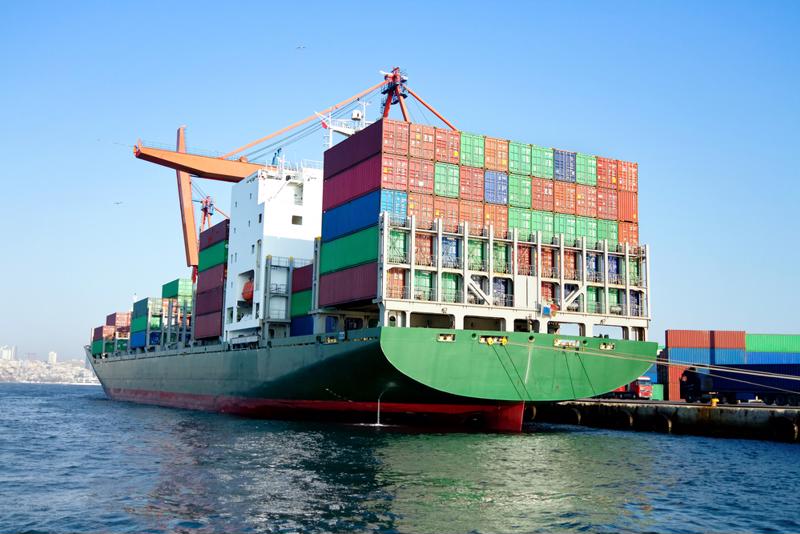Trade is getting bigger and ships are getting bigger, but many U.S. ports remain the same size or, at least, not large enough. And elsewhere in the world, other waterways and facilities are dealing with their own issues related to the exponential size increases of container vessels.
Many U.S. ports don't have the size necessary to handle some of the largest ships used in contemporary global trade. Small and midsize complexes such as the Port of Portland are losing out on business due to the presence of rivals with deeper waterways and facilities better-suited to handle the size of some of the largest vessels in international trade. The Wall Street Journal reported that the Portland complex won't be welcoming the presence of a major container shipping line in its waters anytime soon.
"Small and midsize complexes are losing out on business."
Small and mid-size ports unable to handle massive container vessels
The last major line left Portland in March, and now the city is without regular ocean-bound container service for the first time in four decades. Last year, when Portland was still visited by major container shipping lines, the city's port ranked 21st among U.S. ports by full containers, the Wall Street Journal noted, referencing data from maritime research firm PIERS. About 130,000 20-foot container equivalent units were moved through the port that year. Los Angeles, the largest container port in the U.S., moved 5.9 million full TEUs last year.
Other small and mid-size ports such as Baltimore, Jacksonville, Tacoma and Seattle are all working to keep major shipping lines in their waters, rather than moving to larger, nearby complexes. Their facilities are in danger of being left behind by mass movement toward larger container ships that can move huge volumes of goods more efficiently. These vessels are simply too large to face the shallow waters, delays and, sometimes, journeys inland, that come with the smaller ports in the U.S.
Suez and Panama canals not large enough for some ships
However, it's not just many U.S. ports that are unable to handle the exponential growth of container ships. Even the recently expanded Suez and Panama Canals aren't equipped to handle some of the largest vessels used in international trade, according to Quartz. Triple E and Q-Max vessels, the largest container ship and natural gas liner, respectively, are too large to make the trip through the Panama Canal, and can only get through the Suez Canal if they are partially loaded, which runs counter to the purpose of utilizing massive ships to move huge volumes of product.
 As container ships grow, so do the risks associated with them.
As container ships grow, so do the risks associated with them. Are container vessels getting too big?
Some people have even asked the question, are container ships getting too big? BBC put forth the idea in 2013, and the topic has been broached multiple times since then by media outlets. In February, the Wall Street Journal explained the risks that come with these massive vessels. These huge ships are becoming a burden on the unloading resources of some ports. Right now, the industry's capacity benchmark is 18,000 TEUs, but in the coming years, this figure is expected to increase substantially. By 2018, 22,000 TEU vessels are expected to come into service, and 24,000 TEU ships are in the works as well.
Global port and canal capacities, as well as a limited supply of skilled seamen, are placing strains on the industry's ability to adapt to the emergence of ever-larger ships. In addition, experts are worried about the prospect of a shipping accident involving one of these vessels. Capt. Rahul Khanna, a Allianz marine-risk consultant, told the Wall Street Journal that the notion of an 18,000 TEU container ship running aground "is one of our nightmares at the moment."